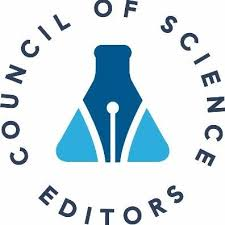Dear Editor,
Recently, we have encountered a fascinating article penned by Martínez- Calderon et al. [1], which concentrates on how yoga-based interventions could lessen symptoms of anxiety in those with anxiety disorders and alleviate symptoms of depression in depressive disorders. Our attention was particularly drawn to the section dedicated to anxiety disorders, especially since there are few articles exploring this relationship. We find this topic to be of great importance, especially as an increasing number of people are affected by anxiety disorders and there is a substantial demand for effective management therapies.
Anxiety disorders present with diverse symptoms, including ongoing anxiety, fears related to social situations and performance, unexpected panic attacks that can be triggered or untriggered, concerns about forthcoming events, and actions taken to evade particular scenarios. Moreover, anxiety disorders often manifest physical symptoms, including heart palpitations, difficulty breathing, and feelings of dizziness [2].
Yoga encompasses three main elements: asanas (various yoga poses), pranayamas (breathing exercises), and dhyanas (meditation practices). It has numerous physiological advantages, including metabolic (lowering blood pressure, better lipid and glucose profiles), anti-inflammatory (reduced C-reactive protein and cytokines), immunological (improved CD4 T lymphocytes and telomerase activity), neuroendocrine (lower levels of cortisol, adrenaline, and aldosterone), and autonomic (enhanced heart rate variability and baroreflex sensitivity) benefits [3,4].
A meta-analysis conducted by Martínez-Calderon et al. [1] revealed that interventions based on yoga were more effective than control interventions in diminishing symptoms of anxiety. This analysis incorporated two clinical trials that assessed anxiety symptoms using either the Hamilton Anxiety Rating Scale or the Institute for Personality and Ability Testing, with assessment periods spanning 3 to 12 weeks. Although no single style of yoga was specified, both trials utilized common practices, including yoga poses (asanas) and breathing exercises (pranayama). The length of the yoga interventions varied, lasting anywhere from 3 to 12 weeks.
These findings illustrate the effectiveness of yoga practice in managing anxiety disorders, underscoring its potential as a beneficial addition to daily life. The demonstrated efficacy of yoga in reducing anxiety symptoms highlights its value not only for individuals seeking alternatives to traditional treatments but also for healthcare practitioners considering holistic approaches to care. Importantly, yoga offers a cost-effective option for managing mental health, making it accessible to a wider audience. Furthermore, the results underscore the need for further research into non-pharmacological methods for supporting mental well-being, emphasizing the importance of exploring diverse strategies that can complement existing treatments and enhance quality of life for those affected by mental health issues.







